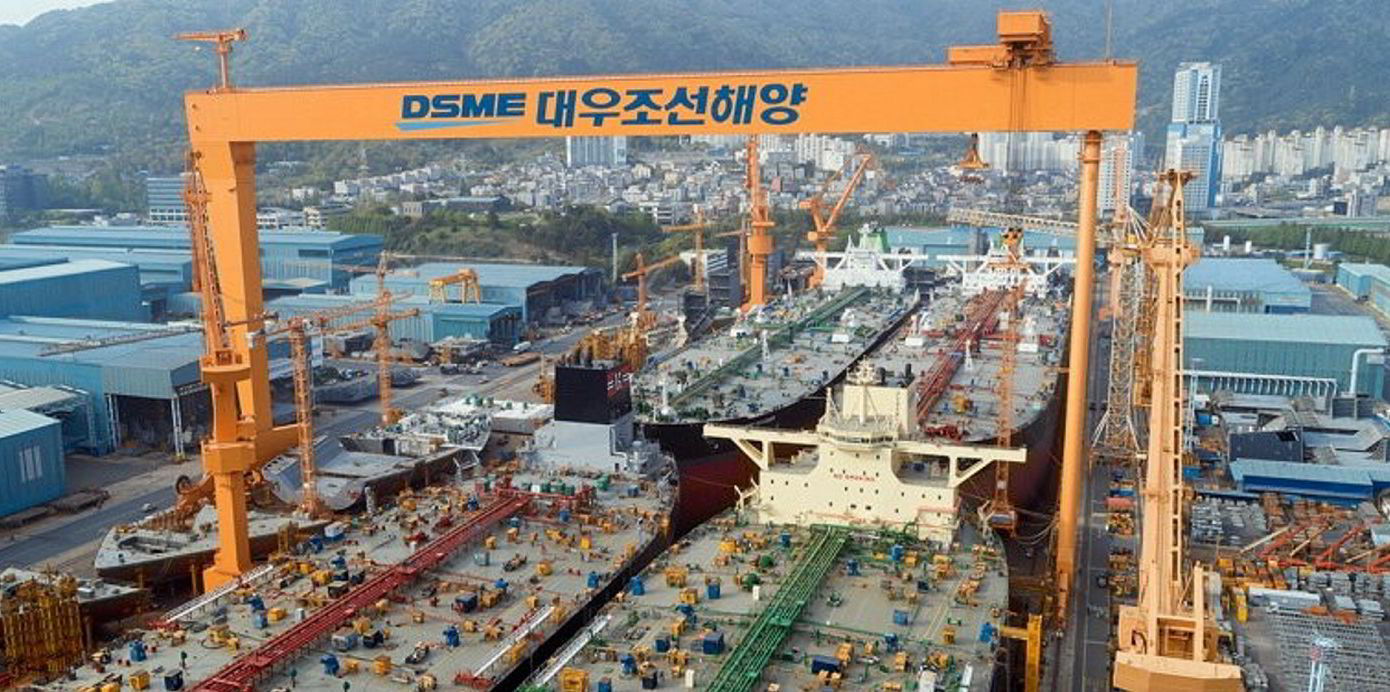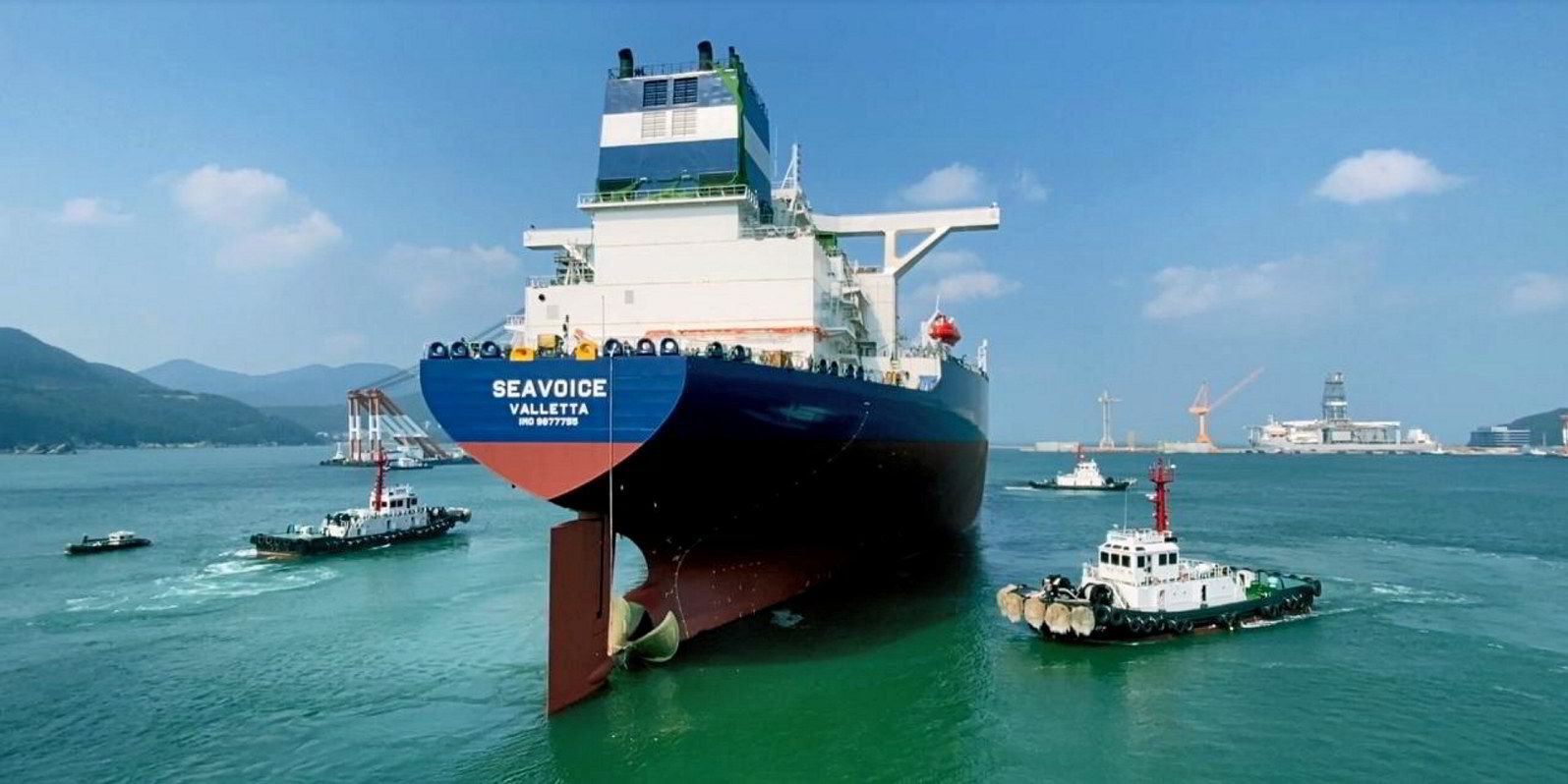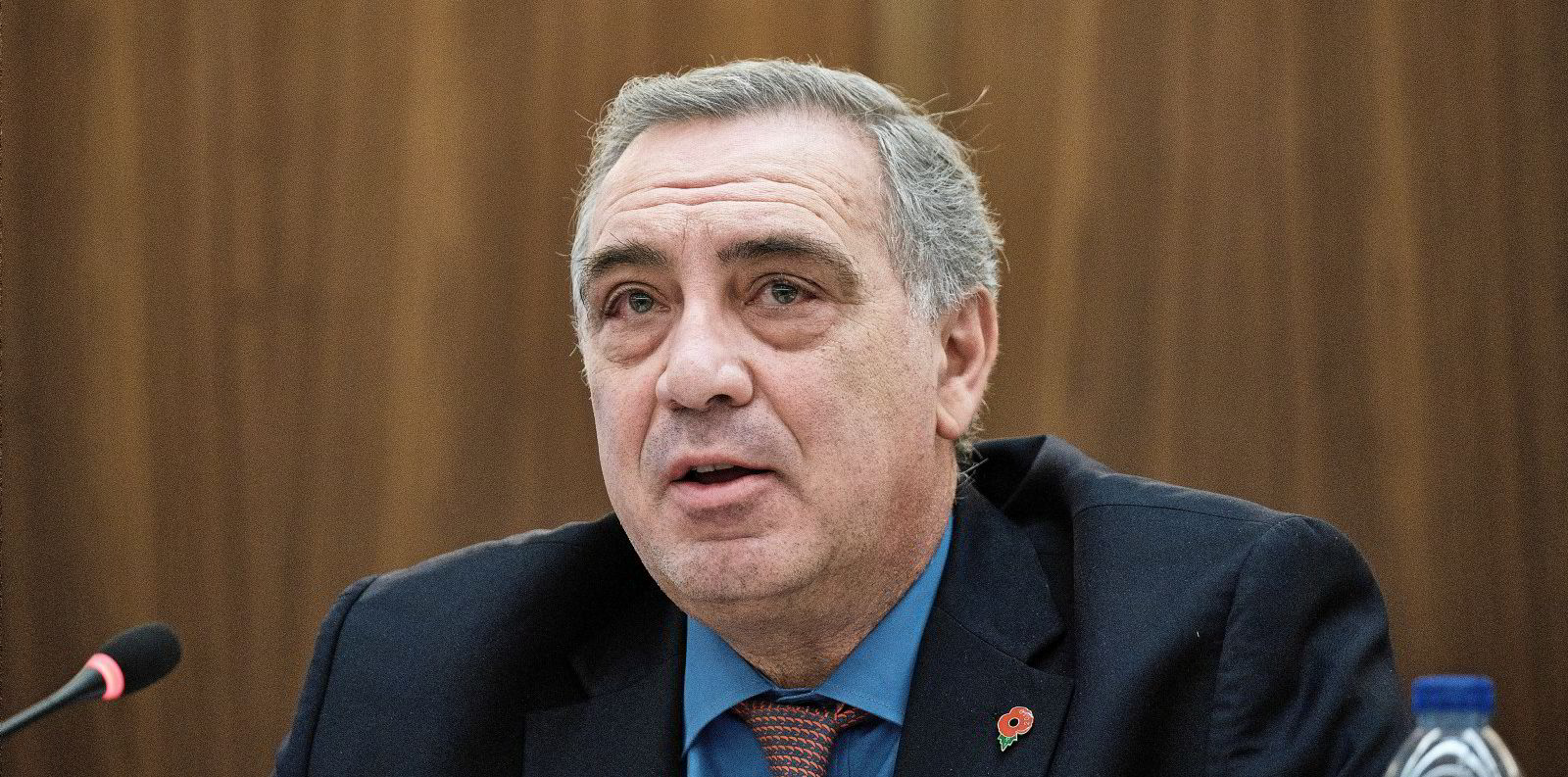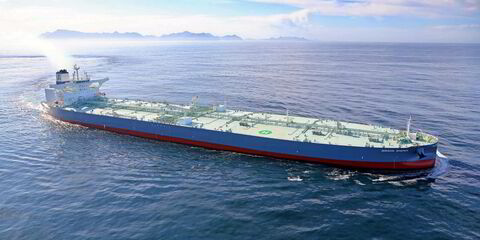Tanker owners looking to invest in new tonnage might have to bite the bullet and accept higher newbuilding prices, a top shipbroker has warned.
Steel prices reached multi-year highs in May and although they have since eased back, values remain above levels seen between 2016 and 2020, according to Gibson Shipbrokers.
“Shipping has not been immune, with newbuild prices moving up in tandem," the shipbroker said. "Since December last year, tanker newbuild prices have appreciated by around 15% [to] 25% depending on the sector.”
The situation has been compounded further by intense ordering activity in some segments, most notably the container industry, and the resulting shrinking yard availability for the nearer term.
Gibson said that while the latest increases in newbuilding prices may discourage some investment, it argued that it was unlikely the industry is going to see much lower values anytime soon.
“Intense ordering activity in other shipping segments means yards are under no pressure to reduce their prices in the short term,” it said.
Gibson said steel prices will continue to be supported by “robust demand” from the construction and manufacturing sectors powered by various fiscal stimulus programmes designed to aid the recovery from the pandemic, while governments are under little pressure to ease inflationary concerns.
Despite rising steel prices, weak tanker markets and concerns over the long-term future of oil demand, Gibson said the number of new orders placed during the first eight months of this year is already just marginally behind the last year’s total.
“Just over 150 confirmed tanker orders of over 25,000 dwt have been placed so far in 2021, compared to nearly 165 confirmed orders for 2020,” the shipbroker said.
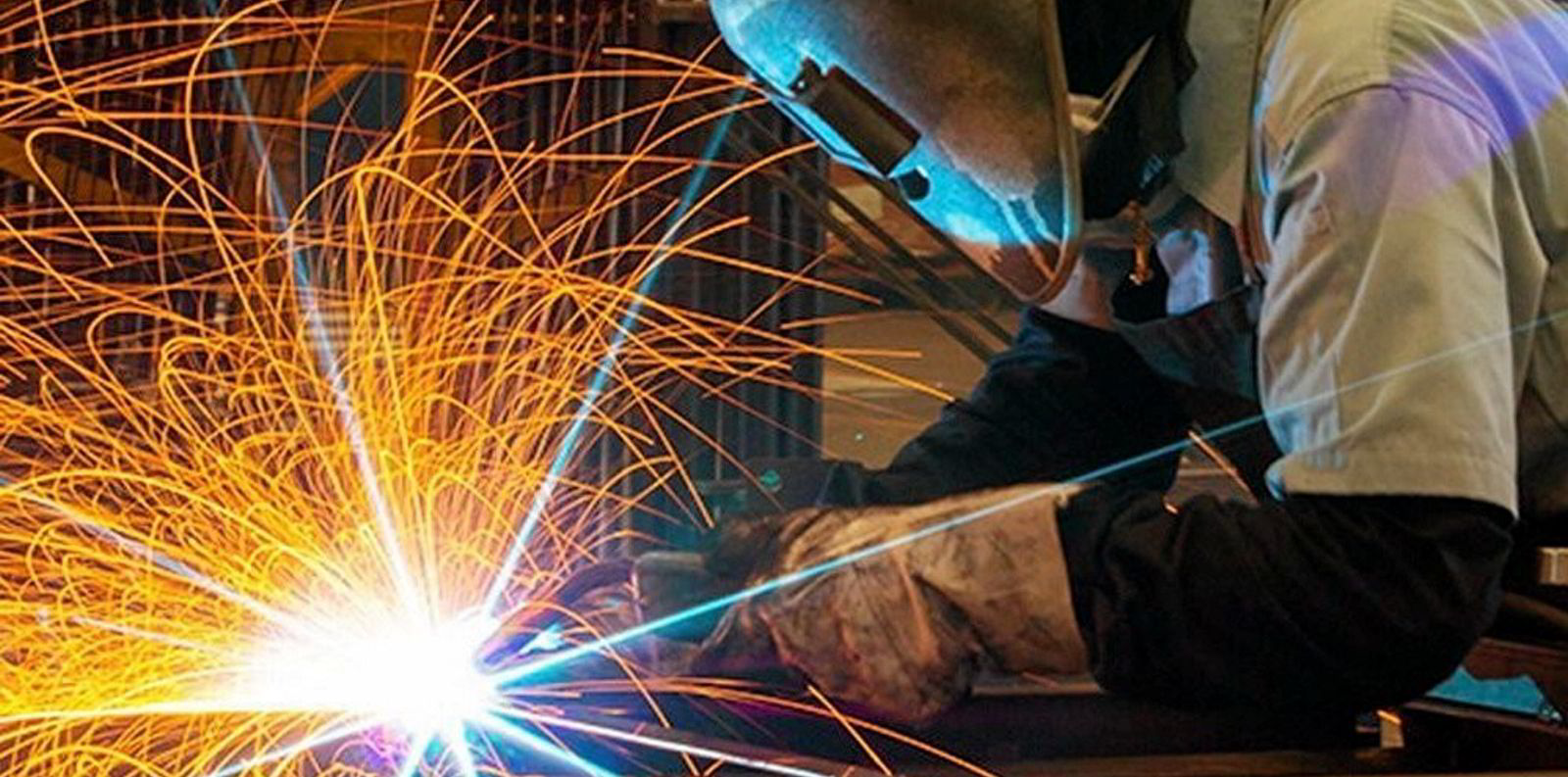
Nearly half of the orders are in the MR segment, with ordering activity in this size said to already exceeding last year’s level.
Gibson said the number of VLCC and aframaxes/LR2 orders so far in 2021 is just below last year’s level, with investment in new VLCCs being “particularly high during the first quarter”.
In contrast, suezmaxes are the exception to the overall trend, with just 15 orders placed since January, less than half of the 2020 number.
Restricted orderbook
Despite the overall strong level of ordering, the orderbook remains restricted with most segments just over or under 10% of the existing fleet.
“The aframax/LR2 and VLCC orderbook stands at just over 10% of its existing fleet, the suezmax orderbook is at 9.2%, while MRs has 8.8% of its current fleet on order,” Gibson said.
While the orderbook is healthy, the shipbroker said the existing fleet continues to age, with between 20% and 30% of the fleet over 15 years old depending on the segment.
But Gibson said that increasing regulatory and environmental pressures are likely to play their part in thinning out the current fleet.
“As ageing tankers on average consume around 20% to 25% more bunker fuel than the latest designs, the approaching IMO’s EEXI [Energy Efficiency Design Index] and CII [Carbon Intensity Indicator] rules will only speed up the removal of the least completive and least efficient tankers,” it said.
Gibson said newbuilding activity for the year to date serves as evidence that there is “confidence in the tanker market”.
“As the world eventually recovers from the pandemic and with so many candidates to scrap, the newbuilding market, which offers a benefit of delayed delivery, is perhaps not a bad option after all, despite higher yard prices,” it said.
